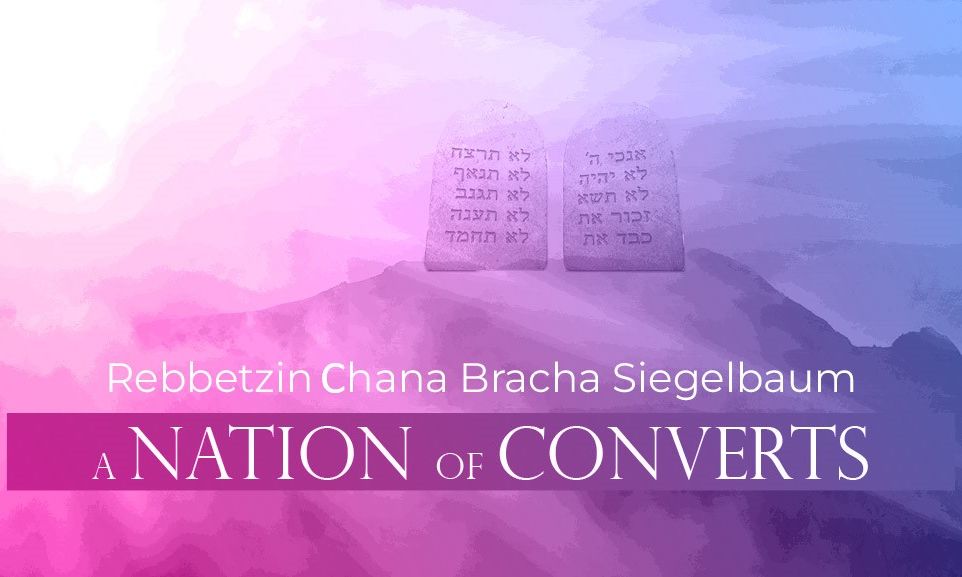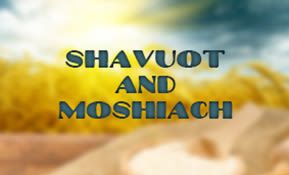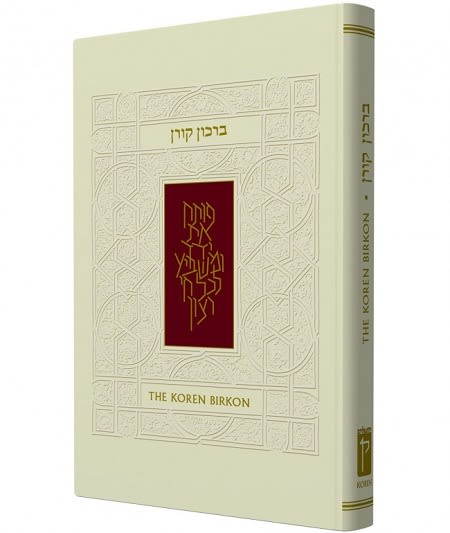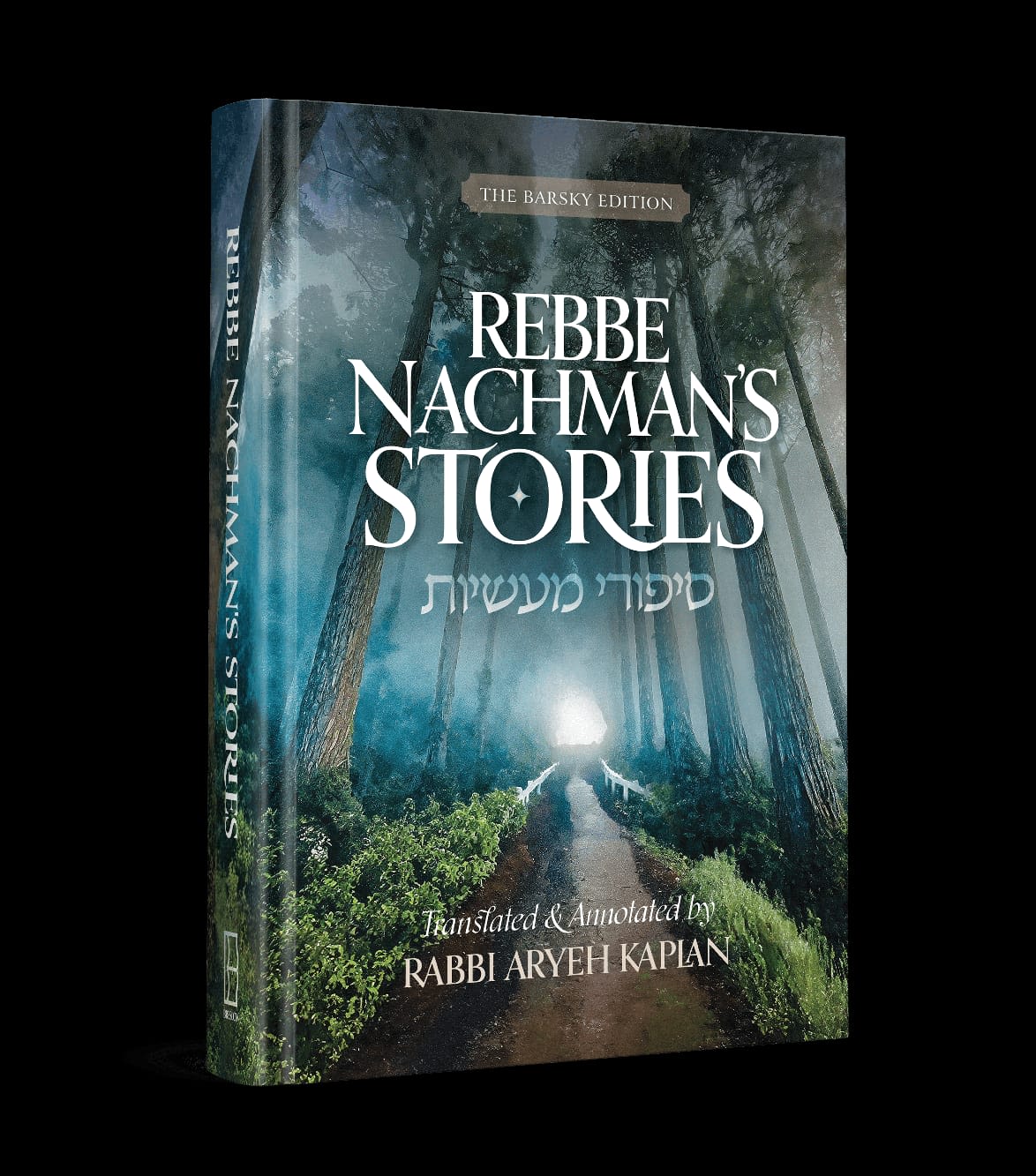
A Nation of Converts
The Talmud teaches us that the souls of the future righteous converts were actually there, with us at Mount Sinai, and received the Torah together with us.

Every Shavuot we read Megillat Ruth (Scroll of Ruth) to remind ourselves that we, too, were converts when we received the Torah at Mount Sinai. The Talmud teaches us that the souls of the future righteous converts were actually there with us at Mount Sinai, and they received the Torah together with us. Therefore, we must be careful not to discriminate against righteous converts. Although G-d chose the Jewish people and gave us the Torah, we still are required to be ready to embrace the righteous converts who cleave to us, as the Torah commands: “You must love the stranger, for you were strangers in Egypt.” Reading about Ruth on Shavuot, reminds us that we are surely not superior to Ruth who elevated herself from the society most opposed to the Torah way, to become a righteous convert cleaving to the Torah of Israel.
Rabbi Natan of Breslev explains that we read Megillat Ruth on Shavuot because the time of the giving of the Torah is most appropriate for both converts and Ba’alei Teshuva. After having left the impurity of Egypt for the holiness of Israel, all the Jewish people were like converts who were beginning to come close to their Father in Heaven. For this reason, the revelation at Sinai included the sound of the shofar, fire and torches – which comprise the aspect of judgment – in order to burn the negative energy that was attached to the Jewish people from the impurity of Egypt. It is interesting to note that the sound of the shofar is often associated with in-gathering converts and those dispersed in exile. For this reason, prior to blowing the shofar on Rosh Hashanah, we recite Tehillim (Psalms) 47 which mentions converts.
Sefat Emet explains that the Jewish people were created to draw out holy sparks from the entire world through the merit of learning Torah. If we are worthy, we will be able to attract converts by means of the strength of our Torah learning alone; but if not, we will have to be dispersed in exile to gather converts. This is alluded to in the words of the prophet: “G-d, my strength (oz), my stronghold, (Torah) and my refuge in the day of affliction (exile), nations shall come to you from the end of the earth…” Elimelech, who was not worthy, had to leave the Land of Israel in order to bring forth the soul of King David and Mashiach. However, the holy soul embodied by Ruth, the righteous convert, came on her own to Boaz, through the power of his Torah learning, as his name testifies. Boaz means “strength is in him” – the strength of the Torah. This concept is alluded to in the language, “that you came,” with which Boaz praised Ruth for coming on her own to the Land of Israel, to seek refuge under the wings of G-d.
When the holy sparks come on their own without being extricated, they can achieve an even greater ascent. The elevation that can be accomplished by the power of the Torah gives us a clue to why we sacrifice two loaves of chametz bread (leavened bread) on Shavuot. Throughout the year, all other meal offerings are made from matzah, since chametz symbolizes the yetzer hara (the negative impulse). It is only on Shavuot, at the time of the giving of the Torah that we sacrifice chamatz bread, to hint to the fact that the power of the Torah gives us the ability to raise up the entire creation.
We also read the scroll of Ruth on Shavuot to establish the fact that G-d gave Moshe both the Written and the Oral Torah on the sixth of the Hebrew month Sivan. The Torah teaches us that Moshe stayed on Mount Sinai for forty days and forty nights before descending with the two tablets of the Ten Commandments. How could it be necessary to spend forty days just to receive the two Tablets with the Ten Commandments? It, therefore, makes sense that during those forty days on the mountain, G-d taught Moshe the entire Written and Oral Torah.
The story of Ruth is read at the time of the giving of the Torah so that we might know that the Written and the Oral Torah, are interdependent, and it is impossible to understand one without the other. Indeed David, the anointed of G-d unto all generations, was descended from a Moabite woman, whose Jewish legitimacy depends on the Oral Torah. The entire people of Israel is supported on the foundations of the House of David, yet without the Oral Torah, King David and Mashiach would not even be Jewish, since their ancestor Ruth, the Moabitess, would never have been able to convert. It is only through the Oral Torah that it becomes clear that a Moabite woman is permitted to convert, because women are not expected to go out in the field and approach strangers with bread and water. Likewise, the Torah teaches that Sarah was modest inside of her tent. Still, David’s Jewishness was indeed questioned until the Oral interpretation of the Torah – “Moabite but not Moabitess” finally became completely ascertained and accepted by all.
Everything worthwhile is acquired through effort and difficulty. We all know the expression, “Easy Comes Easy Goes.” To achieve anything important in life, we need to first prove our worthiness. Since there is nothing more valuable than the Torah, to deserve it, we may be tested with difficulties and hardships.
Why do we read the Scroll of Ruth during Shavuot at the time of the giving of the Torah? It is to teach us, that the Torah was only given by means of suffering and poverty as it states: “Your flock found a dwelling in it: You G-d prepare of your goodness for the poor.” (Yalkut Shimoni, Ruth 1:596).
Just as Ruth, a princess from birth, became a pauper gleaning in the fields for the sake of cleaving to the Torah, so must we show willingness to go through thick and thin for the sake of the Torah. The pleasure we receive through drinking from the wellsprings of Torah, and from living a pure spiritual life, greatly outweigh the material sacrifices; as King David exclaimed: “Your Torah is better for me than thousand gold and silver pieces.” Poverty and hardships lead to humility – a prerequisite for receiving the Torah, as the Midrash states: “If those involved in Torah learning are wealthy, they may become haughty, but if they are aware of their hunger, they will remain humble.
Haughtiness does not leave a space for the Torah to penetrate, as the haughty person is full of himself. On the other hand, through humility, we may open ourselves to encompass Torah. Therefore, Moshe – the receiver of Torah – was known to be the humblest of all men. Likewise, Ruth – the mother of Mashiach, who will anchor the Torah in the hearts of the world – showed ultimate humility and self-sacrifice. Once she had proven herself worthy of the Torah, she became elevated from gleaning in the fields, to become the mistress of the land, as the wife of Boaz – the wealthy landowner and Torah scholar. He himself had endured the poverty of famine without deserting his people. When Hashem sees that we are willing to go through hardship for the sake of His Torah, poverty has then served its purpose, and is no longer necessary for our spiritual purification. This explains why Rabbi Yochanan says: Whoever learns Torah through poverty will eventually learn it through wealth.
***
Rebbetzin Chana Bracha Siegelbaum is Founder and Director of Midreshet B’erot Bat Ayin: Holistic Torah for Women on the Land. Rebbetzin Chana Bracha creates curricula emphasizing women’s spiritual empowerment through traditional Torah values. She published Women at the Crossroads: A Woman’s Perspective on the Weekly Torah Portion. Chana Bracha practices Emuna healing as a gifted spiritual healer through Emuna, tefilla, and energy work.











Tell us what you think!
Thank you for your comment!
It will be published after approval by the Editor.